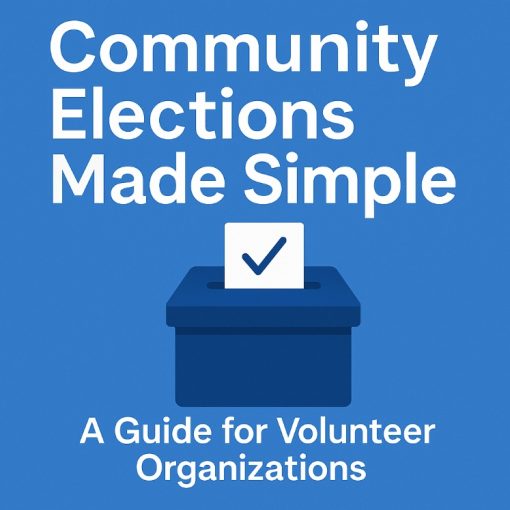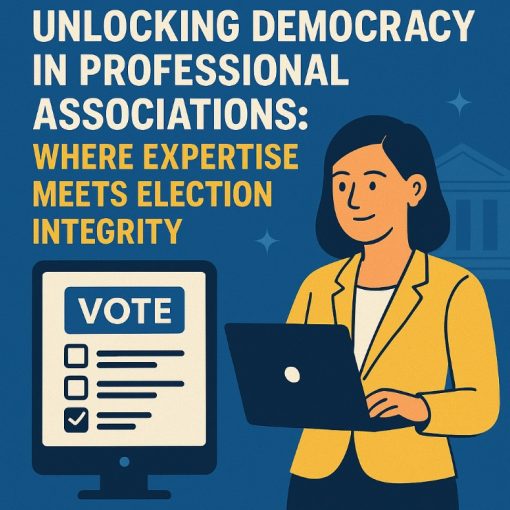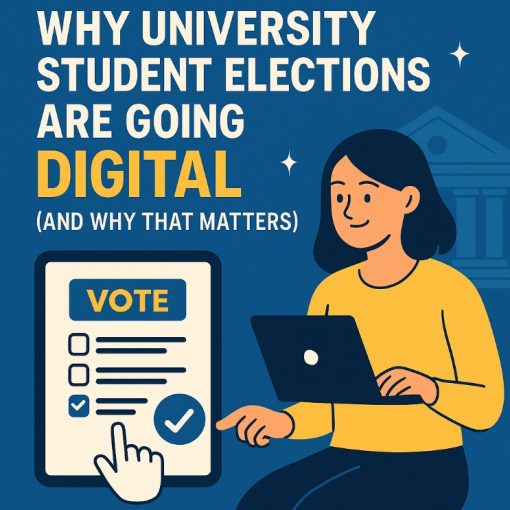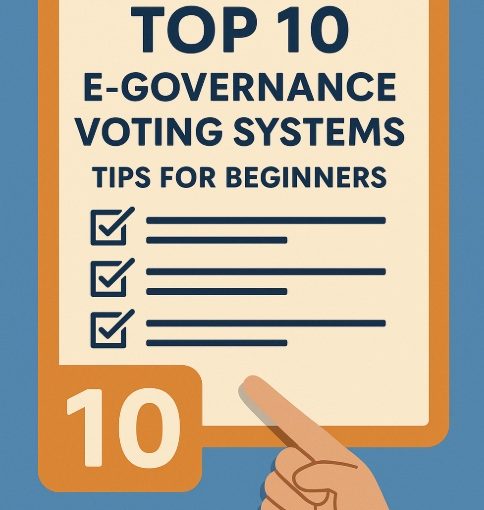Picture this scenario: It’s election day for school board and PTA elections, and already half the eligible voters can’t participate due to scheduling conflicts. The other half are dealing with long lines, confusing ballots, and a process that seems designed to discourage rather than encourage participation.
Democracy works best when everyone can participate, but traditional election methods create unnecessary barriers. From scheduling conflicts to geographical limitations, the obstacles pile up until participation becomes a privilege rather than a right.
The Hidden Costs of Paper-Based Elections
Consider what typically unfolds during traditional elections: working parents struggle to reach polling locations during school hours. Meanwhile, low participation from busy families. Meanwhile, expensive printing and venue costs for traditional elections. Meanwhile, manual counting errors in close races. These aren’t isolated incidents — they’re systemic issues that affect participation and trust in the democratic process.
The ripple effects extend beyond election day itself. When people can’t participate easily, voter turnout drops. When results are delayed due to manual counting, legitimacy questions arise. When accessibility is limited, certain groups become effectively disenfranchised. The cumulative impact undermines the very foundations of democratic decision-making.
Rethinking Election Infrastructure
This is where OnlineVotingApp.com comes in. Our platform handles everything from nominations to result declaration — what we call end-to-end election management — because we believe election organizers shouldn’t need to juggle multiple systems or worry about compatibility issues between different vendors.
Here’s what changes when organizations make the switch: Parents can vote after work or during lunch breaks. Teachers can participate without leaving their classrooms. Cost-effective solution saves school budget funds. The entire voting process takes under 30 seconds, with every vote encrypted using bank-level security protocols. Our user-friendly interface means anyone can participate — we’ve had 85-year-old community leaders vote alongside tech-savvy college students without any confusion or technical difficulties.
The platform scales seamlessly whether you’re running an election for 50 people or 50,000. No additional infrastructure, no capacity concerns, no last-minute technical surprises that derail the entire process.
Making Tampering Technically Impossible
The 1-voter 1-machine feature we developed specifically prevents the kind of manipulation that plagued traditional elections by creating an unbreakable link between voters and devices. Once someone votes from a specific device, that device becomes ineligible for additional votes, eliminating ballot stuffing while maintaining complete anonymity.
Combined with 2-factor authentication that ensures voter identity while maintaining complete privacy, the system makes rigging technically impossible. Voters receive a password and a one-time code, confirming their identity without revealing their voting choices or creating traceable records that could compromise privacy.
And when questions arise? We provide comprehensive PDF manuals with screenshots for every step, plus dedicated email and call support throughout the election process. Our support team has guided organizations through thousands of successful elections, so we understand the common concerns and can address them proactively. Because technology should simplify democracy, not complicate it.
The Real-World Impact
Organizations that make the transition consistently report not just higher participation rates, but better engagement overall. When voting becomes accessible and convenient, people pay more attention to the issues and candidates. When results are available immediately after polls close, the entire democratic process feels more responsive and legitimate.
Why This Matters Now
When school board and PTA elections become accessible, secure, and efficient, everyone wins. Voters can participate meaningfully regardless of their schedule or location. Organizers can focus on the important work of facilitating democratic choice rather than managing logistical nightmares. Candidates can trust that the process is fair and the results are legitimate.
The technology exists today to make elections work better for everyone involved. The question isn’t whether digital voting can be secure and accessible — we’ve proven that. The question is whether organizations will embrace the opportunity to strengthen democracy through better tools.




